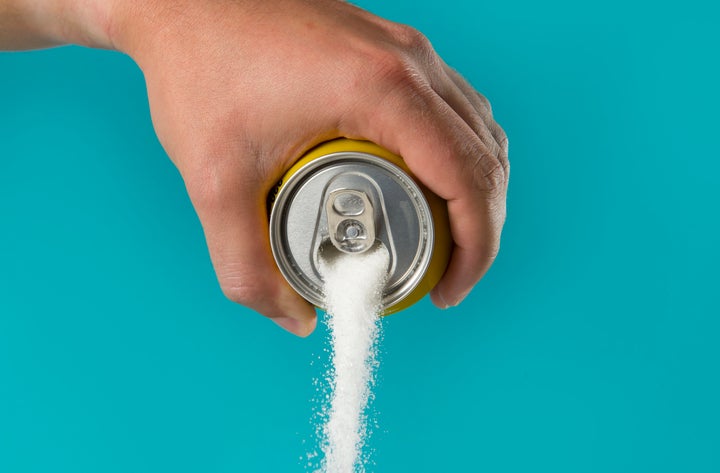
Increasing the cost of sugary snacks could be more effective at tackling obesity than the tax on sugary drinks, researchers believe.
The introduction of the Soft Drinks Industry Levy in 2018 has led to a “wave of reformulation” by the drinks industry, the authors of a new BMJ study said.
But they said the voluntary sugar reduction programme in place since 2016 has seen comparably “modest impacts”, with small reductions in the sugar content of confectionery.
While the sugar levy has targeted consumption of sugary drinks in the UK, high sugar snacks including biscuits, cakes, chocolates and sweets make up more free sugar and energy intake.
On average, sugary drinks contribute 2% of energy and 11% of free sugar intake, compared with 12% of total energy and 26% of free sugar intake from biscuits, cakes and confectionery combined, according to the National Diet and Nutrition Survey.
Researchers from the London School of Hygiene and Tropical Medicine and the University of Cambridge hypothesised that reducing purchases of these snacks could have a greater impact on population health.
They modelled a scenario where the cost of sugary snacks was increased by 20%, based on food purchase data for 36,324 UK households and National Diet and Nutrition Survey data for 2,544 adults. The results were grouped by household income and body mass index (BMI) to estimate changes in weight over a year as a result of reduced purchases.
Researchers predicted the 20% increase would reduce annual average energy intake by around 8,900 calories, leading to an average weight loss of 1.3kg. This “plausible” estimate compares with an average weight loss of 203g with the tax on sugary drinks.
“Researchers predicted the 20% increase would reduce annual average energy intake by around 8,900 calories.”
The researchers believe this could lead to an estimated population level reduction in obesity prevalence of 2.7% after 12 months, and a reduced BMI of 0.53%. The predicted change in BMI is “relatively large” compared with other public health interventions.
The option of a snack tax is “worthy of further research and consideration as part of an integrated approach to tackling obesity”, they wrote, adding: “There is a strong rationale for using fiscal policy to improve diet and health, to change consumer purchasing and encourage manufacturers and producers to reformulate or increase availability of healthier options.”
The authors said the increase could make an “important contribution” to reducing health inequalities driven by diet-related diseases.
Fiona Sing, policy and public affairs manager at the World Cancer Research Fund, said: “The idea of a ‘snack tax’ is very interesting and could be the start of some exciting developments in nutrition and health policy.
“There is already clear evidence from around the world that taxes are effective, such as in Mexico and Berkeley. So we welcome further research into other taxes on foods high in fat, salt and sugar.”
The impact of any price increase would be most felt by low-income households with the highest rates of obesity, while the impact would be smallest in high-income households classified as not overweight, the study’s authors wrote.
“Taxes on food and beverages are regressive because families on lower incomes who spend a higher percentage of their income on food will be disproportionately affected,” they wrote. “This could be justified if decreased consumption reduced health inequalities and if revenues were to be used to amplify health benefits through subsidies for healthy foods or community intervention programmes.”
An alternative could be introducing a nutrient-related tax, which would take into account positive elements such as the fruit, vegetable or fibre content of the product.